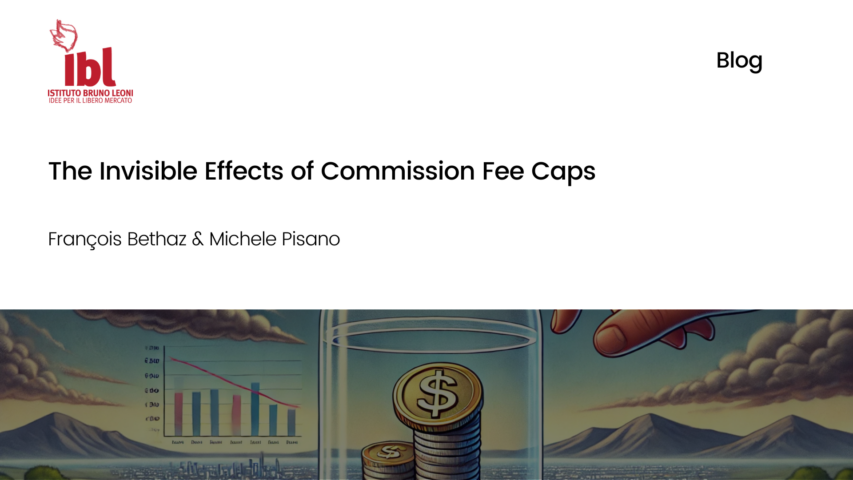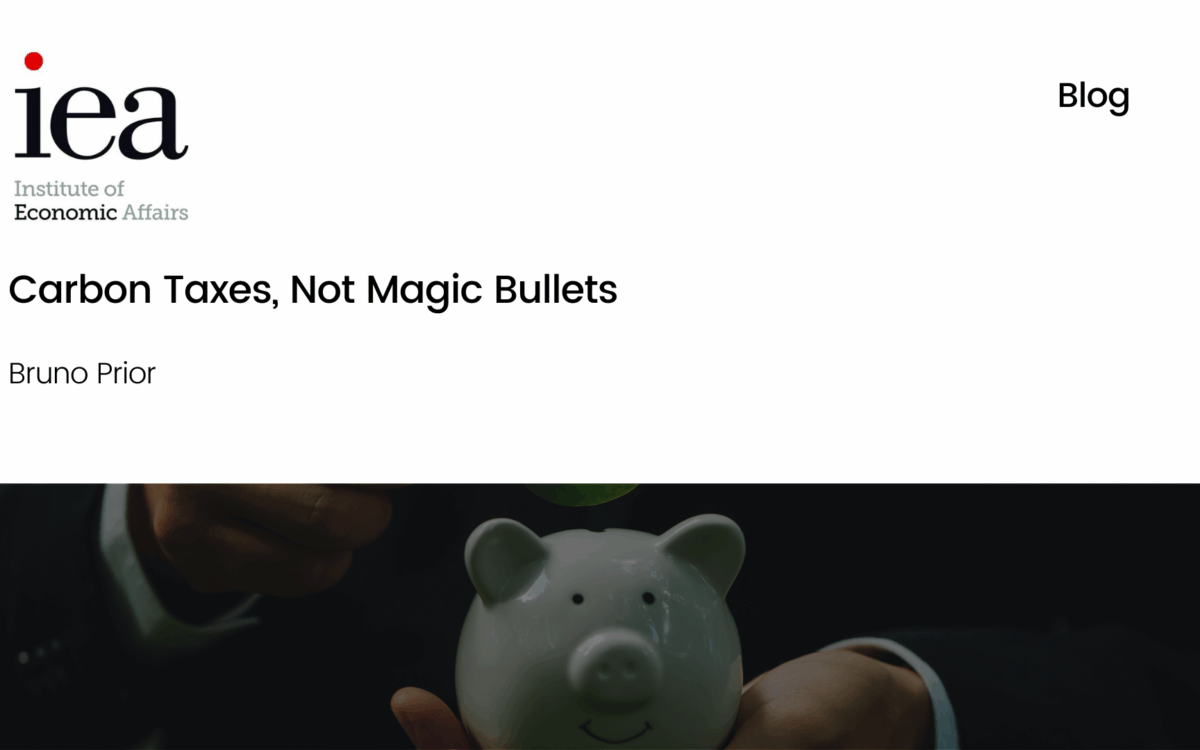The Invisible Effects of Commission Fee Caps

The Invisible Effects of Commission Fee Caps
François Bethaz and Michele Pisano // 16.06.2016
As of 9 June 2016, the new European rules on inter-bank commission fees for card-based payment transactions were fully enforced. The 751/2015 regulation has brought the necessary modifications since MasterCard changed its commission fees.
This appears to be the right time to highlight the invisible effects of commission fee caps.
The central provision of the regulation is indeed the introduction of a cap on interbank fees on card-based transactions, set at 0.2% for debit cards and 0.3% for credit cards.
Although the European Commission has claimed that an intervention on interchange fees is necessary in order to guarantee more transparent and efficient transactions, there is a concrete risk that this regulation could harm consumers.
The interchange fee is the commission that is paid to the bank that issued the credit card (issuer) by the bank that receives the payment (acquirer), and is one of the components of the Merchant Service Charge paid by retailers each time a card-based transaction is processed.
The process related to inter-bank commission fees is a complex one, but it can be summarized in a system with four different actors: the consumer, the bank issuing the credit card, the acquiring bank and the retailer. This four-party system is the one used by Visa and MasterCard.
A three-party system is used as well, notably by American Express and Diners, in which the same institution provides both the card and the agreement with the retailers.
Firstly, it must be clarified that interchange fees are nothing more than acquirers paying issuers for their service. As a matter of fact, credit cards bring evident advantages to the consumer, such as simpler transactions and reduced dependence on cash and ATMs. The retailer, on the other hand, has to bear the cost of the commission every time a purchase is made. These fees provide banks an important source of revenue which is used to cover the costs associated with the issuing of credit and debit cards.
The cap set by the EU is designed to support the acquirers: issuing banks would see their revenues from commission fees shrink and retailers would eventually enjoy lower transaction costs. In 2014, Europe Economics predicted that this regulation would cause issuers in Italy a loss of 494 million euros, while mass distribution would save 454 million euros.
The issuers would therefore seek to compensate the loss by raising fixed costs and interest rates on credit cards: at this point, the short-term cost of the authorities’ intervention would fall almost entirely on the consumer. Evidence from the United States, where a cap on inter-bank rates was introduced with the Durbin amendment in 2009, shows that banks responded by reducing the quality of customer service, raising banking fees and drastically lowering the number of free accounts. Once again, low-income families suffered from these changes most severely. Regulators hope a new equilibrium will be reached in the medium-run, when reduced costs for retailers will translate into lower prices for consumers. However, there is uncertainty about how long this process might take.
The regulation, despite good intentions, is therefore likely to have a negative impact on consumers, and influence another failure that could have been easily avoided.
François Bethaz and Michele Pisano are fellows at Istituto Bruno Leoni.
EPICENTER publications and contributions from our member think tanks are designed to promote the discussion of economic issues and the role of markets in solving economic and social problems. As with all EPICENTER publications, the views expressed here are those of the author and not EPICENTER or its member think tanks (which have no corporate view).



